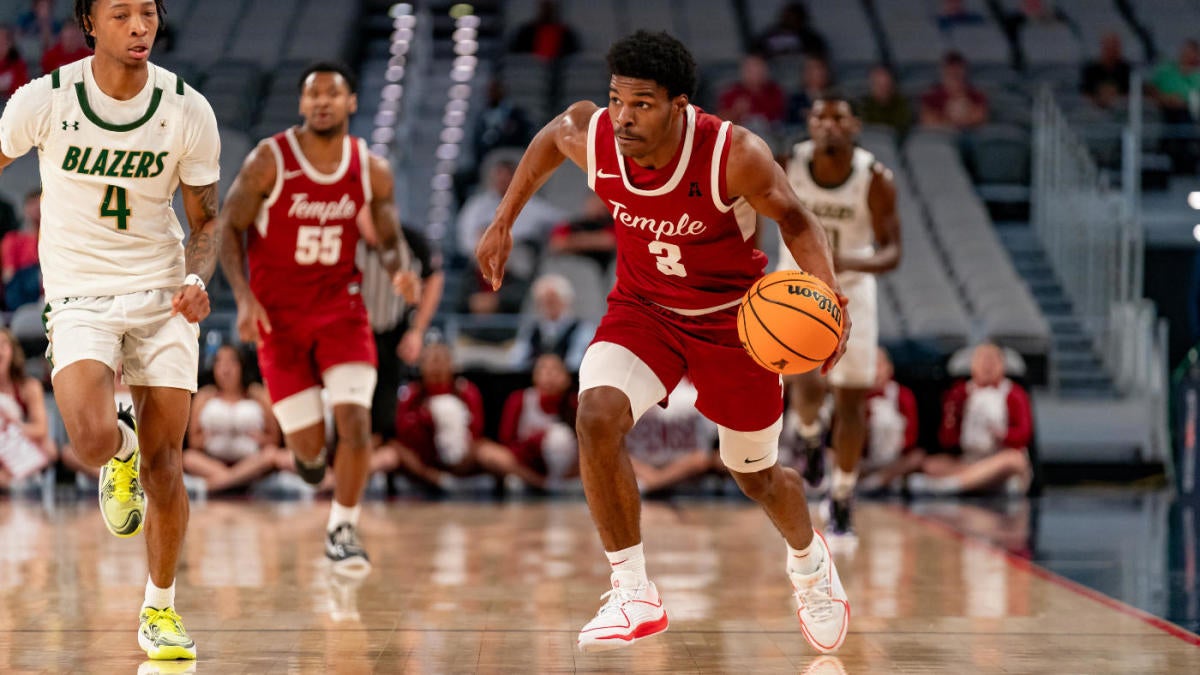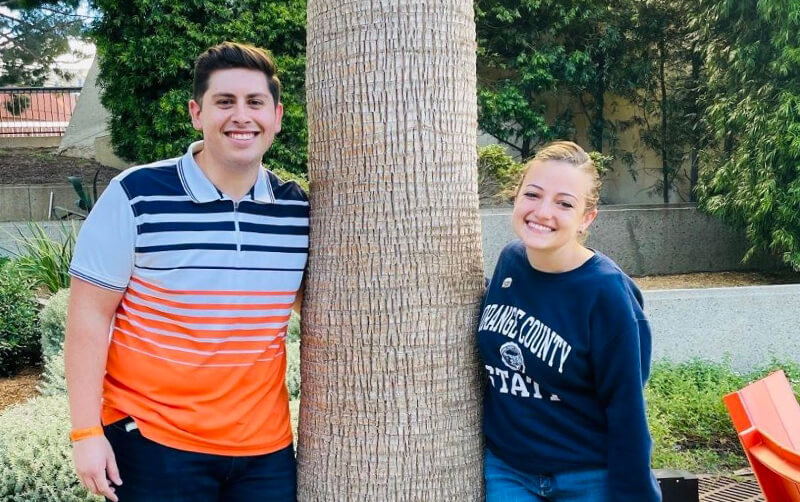World
Zoom In: The 20 Best Images From Nikon’s Small World Up Close Competition

Nikon’s Small World photography competition just reached its half-century mark, which features a slate of some of the sharpest, most eye-opening images yet of the world best seen through a microscope.
Founded in 1974, the competition has gone through five decades of iteration, but with each passing year the technology researchers and photographers have at their disposal has improved. As a result, this year’s images are particularly striking, and showcase everything from macroscopic living things to biological structures that can only be seen under microscopes.
Take the photo above, for example. It looks so sharp as to be unreal—perhaps AI-generated! But it’s not. It’s an image of the fragments of a butterfly wing on the tip of a syringe.
This year, over 2,100 images were submitted for contention from over 80 countries. You can see the top 20 images from this year’s competition—decided by a panel of professional photographers and scientists, and chosen out of a final selection of 87 recognized images—in the photos below below. You can also see the video winners from Nikon’s Small World in Motion competition, published last month, here.
This year’s first place went to Bruno Cisterna and Eric Vitriol for their image of tumor cells in the brain of a mouse, which highlighted disruptions in the cells’ cytoskeleton. The team’s research on the findings was published earlier this year in the Journal of Cell Biology.
“I spent about three months perfecting the staining process to ensure clear visibility of the cells,” said Cisterna, a research scientist at Augusta University, in a Nikon release. “After allowing five days for the cells to differentiate, I had to find the right field of view where the differentiated and non-differentiated cells interacted. This took about three hours of precise observation under the microscope to capture the right moment, involving many attempts and countless hours of work to get it just right.”
Second place in the competition went to Marcel Clemens for his image of an arc of electricity between a pin and a wire. Third place went to Chris Romaine for an up-close shot of a cannabis leaf. Other neat images (which again, you can see in the selection above) included a shot of a cluster of octopus eggs, a cross section of beach grass, a neuron form a rat’s brain, pollen stuck in a spider web, and the spores of a black truffle.
The world up close is often overlooked as we rush about our macroscopic lives. Remembering to lock the door, watching for cars at an intersection, pummeling our keyboards at work so we can earn a livelihood—these are the things that take precedence. But once a year, the Nikon Small World competition allows those mundane necessities to fade away, reminding us of the world apart from—and indeed, smaller than—ourselves.




























